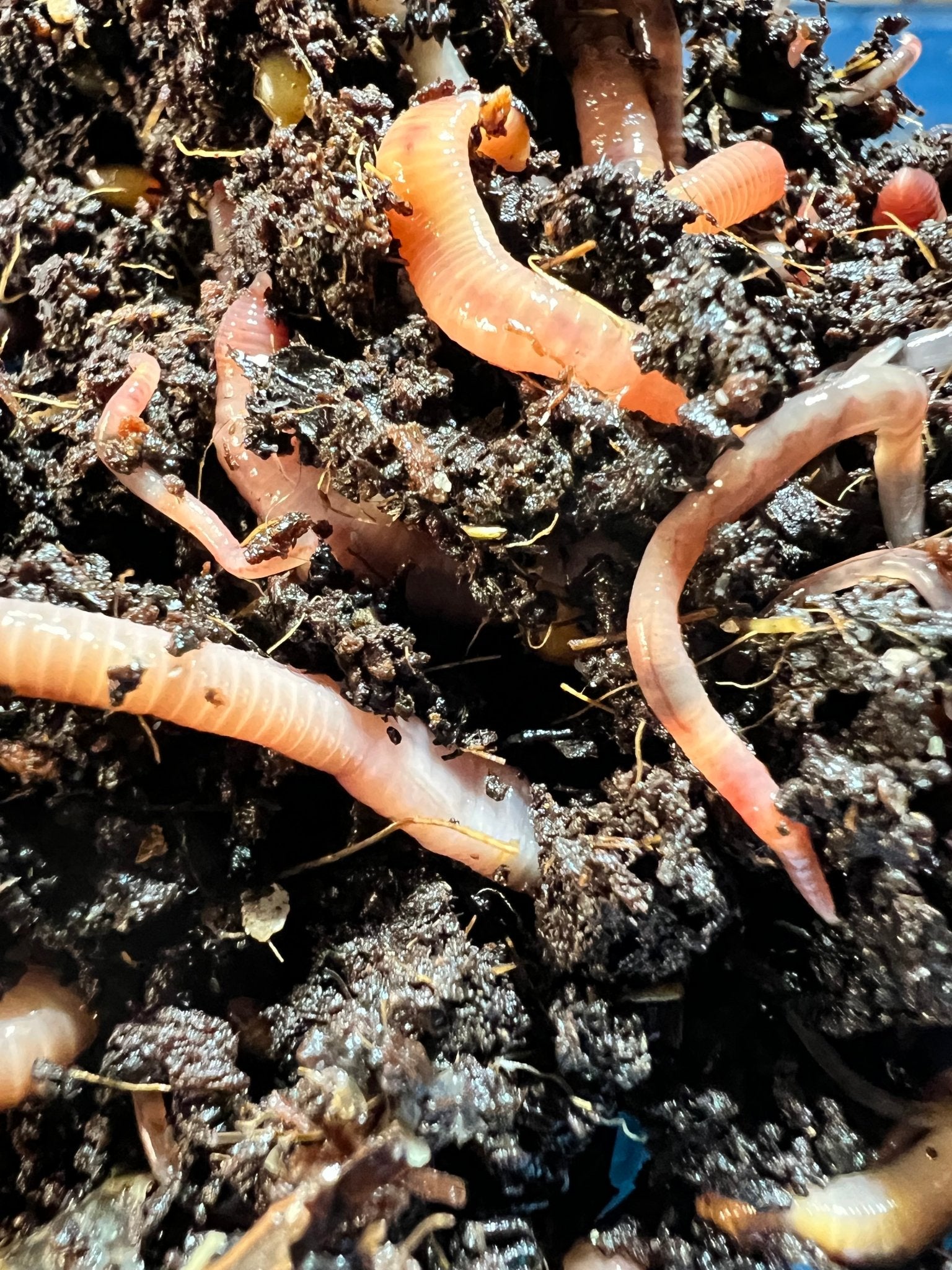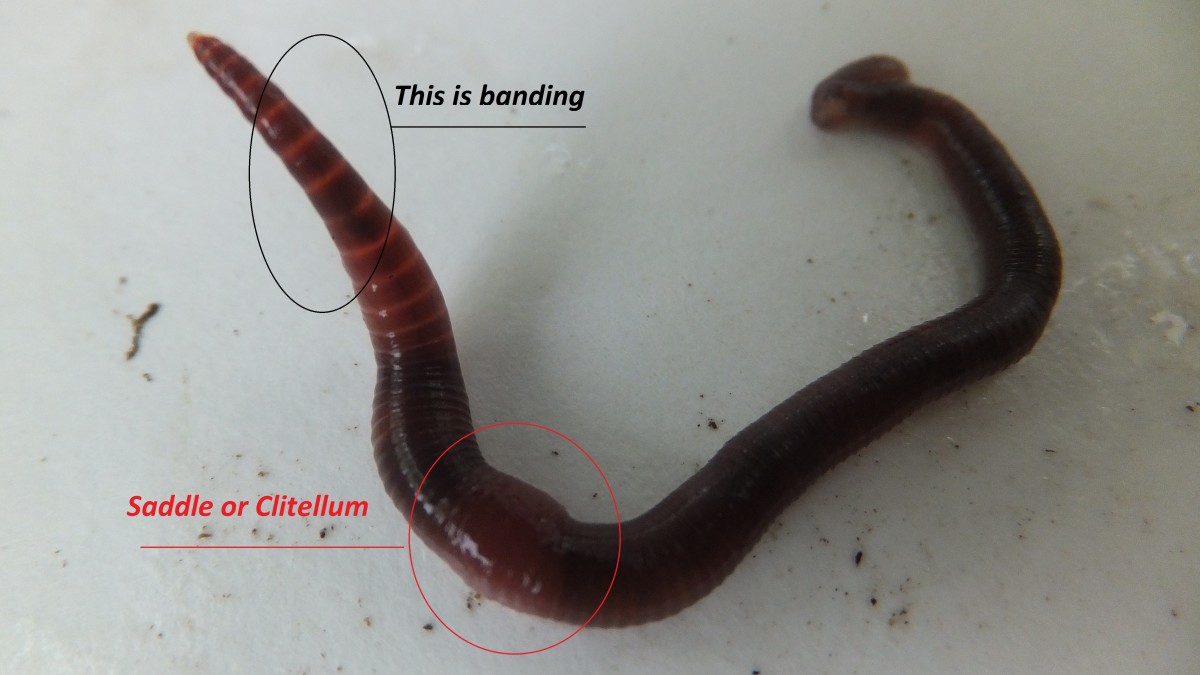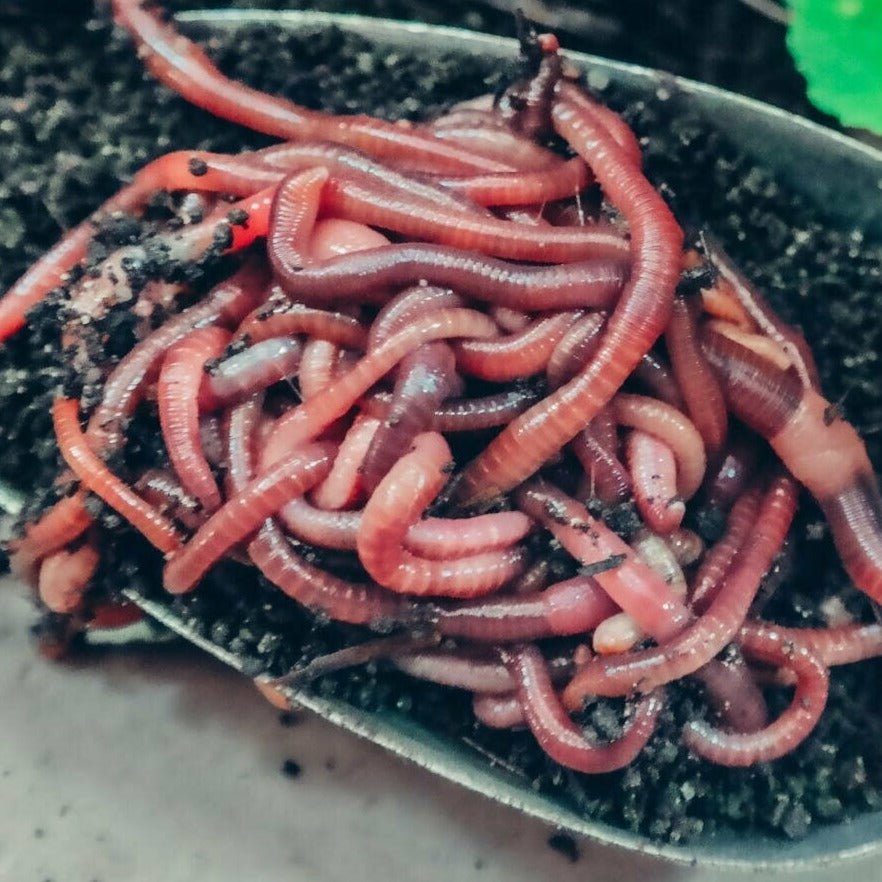Open the Secrets of Red Wigglers: Your Guide to Composting Success
The combination of red wigglers into composting practices offers a considerable opportunity for boosting dirt health and advertising sustainability. Recognizing their requirements and behaviors is critical for enhancing their potential, from establishing up a proper worm bin to feeding them the appropriate materials.

What Are Red Wigglers?
(Red Wiggler Express)Red wigglers, medically called Eisenia fetida, are a species of earthworm primarily used in composting due to their remarkable capability to break down raw material successfully. These worms are defined by their reddish-brown coloration and a fractional body, generally gauging between 3 to 4 inches in size. Unlike other earthworm types, red wigglers thrive in abundant, organic atmospheres, making them perfect for vermicomposting systems.
Indigenous to North America, they are usually found in decomposing leaves and compost heaps, where they play an important duty in nutrient recycling. Their adaptation to residing in a moist, cardiovascular setting enables them to take in huge quantities of organic waste, simplifying right into nutrient-rich castings that improve dirt health.
Red wigglers recreate quickly, with a solitary worm qualified of generating numerous cocoons each week, each containing multiple hatchlings. Understanding the biology and behavior of red wigglers is vital for maximizing their capacity in composting applications.
Benefits of Utilizing Red Wigglers
Taking advantage of the power of red wigglers in composting uses countless advantages that boost dirt wellness and advertise lasting waste administration. These exceptional organisms effectively break down organic matter, changing cooking area scraps and backyard waste right into nutrient-rich vermicompost. This completed product is extremely useful for plant growth, as it improves dirt framework, boosts wetness retention, and enhances nutrient availability.

(Red Wiggler Express)Furthermore, the existence of red wigglers in your composting system can increase the composting procedure, generating top notch garden compost in a portion of the moment contrasted to standard techniques. The castings generated by these worms are also including beneficial microorganisms that better enhance the soil ecological community.
Establishing Your Worm Bin
Creating an efficient worm container is a straightforward process that can dramatically enhance your composting efforts. Worm containers can be made from plastic storage bins, wood boxes, or readily available worm containers.
Following, prepare the bed linens product, which offers as the worms' environment. A mix of shredded newspaper, cardboard, and coconut coir works well, offering a comfy atmosphere for the worms.

Feeding Your Red Wigglers
To guarantee the health and performance of your red wigglers, it is vital to supply them with a balanced diet regimen that satisfies their nutritional demands. Red wigglers prosper on a diverse selection of natural materials, which not just supply essential nutrients however also advertise effective composting.
Beginning by integrating kitchen scraps such as veggie peels, fruit cores, and coffee grounds. Stay clear of citrus fruits, onions, and garlic, as these can be damaging to worm health. In addition, introduce shredded paper, cardboard, and completely dry leaves to develop a well-aerated atmosphere.
Feeding regularity ought to be checked; normally, worms can consume half their body weight in food weekly. It is vital to avoid overfeeding, as excess food can cause unpleasant odors and bring in insects. A good practice is to include food in small amounts, permitting worms to process it before presenting much more.
Preserving dampness levels is likewise vital; the bed linen needs to be damp however not soaked. Be certain to routinely inspect the temperature level and pH degrees of the container to ensure an ideal atmosphere for your red wigglers, inevitably boosting their composting efficiency.
Harvesting and Utilizing Compost
An effective composting procedure with red wigglers finishes in why not try these out the abundant, dark compost known as vermicompost, which can substantially improve soil health and plant development. Harvesting this nutrient-dense material generally happens every three to 6 months, depending upon the size of your system and the amount of natural issue being processed.
To harvest, gently different the compost from the worms and any undecomposed products. One reliable technique involves relocating the materials of the bin to one side and including fresh bed linen and food to the empty room, motivating the worms to migrate. After a couple of days, the compost can be collected from the contrary side.
It is necessary to use vermicompost properly to optimize its advantages. By incorporating vermicompost into your gardening regimen, you not only reuse organic waste however also create a thriving ecosystem that supports sustainable gardening practices.
Final Thought
In summary, red wigglers serve as phenomenal allies in composting initiatives, changing organic waste into nutrient-rich vermicompost. By comprehending the optimal conditions for their habitat, feeding needs, and compost harvesting methods, gardeners can improve soil wellness and advertise plant vitality.